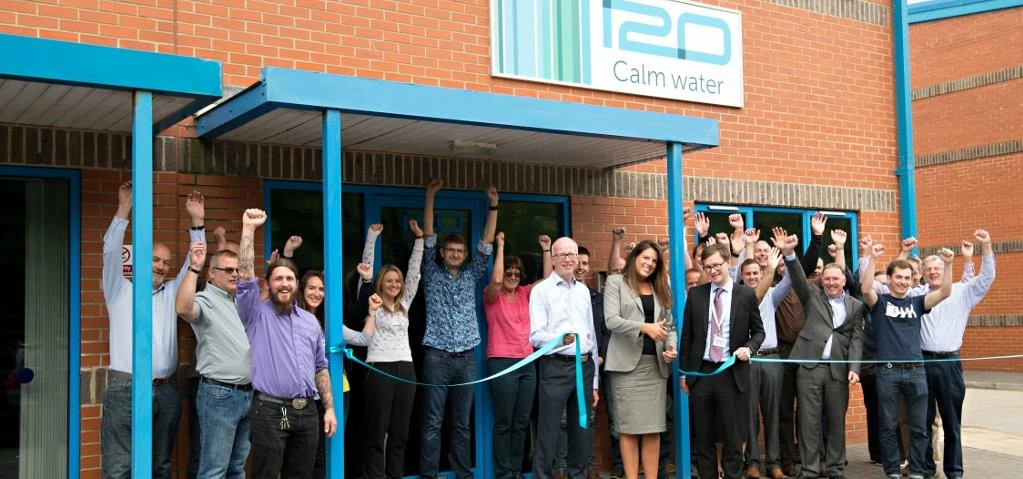
Partner Article
i2O doubles manufacturing capacity
i2O, the smart water network company, has doubled its manufacturing capacity by creating a new state-of-the-art technology assembly facility in Woolston, Southampton, close to its UK headquarters.
The 2,300 square foot facility is used to assemble the data loggers required by water utilities to understand and gain insight from points of interest on their distribution networks, and the controllers which enable them to regulate flow and pressure of water in their networks. It will be staffed by six full time employees initially and is capable of producing almost 20,000 units a year.
The new facility was opened by Caroline Nokes MP, whose Romsey and Southampton North constituency is home to i2O’s UK headquarters.
“i2O is a shining example of how cutting-edge technologies developed in the UK are being exported around the world, creating growth and opportunities,” said Caroline Nokes. “There is huge potential for i2O to help water companies here in the UK and around the world to deal with the major challenges they face and I am delighted that it has chosen to open its new technology assembly facility here in Southampton.”
“Water companies around the world are making their networks smarter, seeking to avoid or delay the huge capital investment that new supply and pipe replacement require, in order to meet the supply and customer service challenges associated with rapid population growth, urbanisation and more frequent extreme weather events,” said Joel Hagan, Chief Executive Officer of i2O. “By doubling the size of our manufacturing facility and investing in state-of-the-art assembly lines we have created the capacity required to meet growing demand for smart water networks as well as the ability to make products that conform to i2O’s quality standards. Quality is key because water companies need to be able to rely on the long-term accuracy of data which generates actionable insight.”
i2O’s smart water network technologies are already used by more than 100 utilities around the world to reduce leakage, burst frequency, energy use, operational costs and customer complaints. They include oNet, technologies providing water utilities with the ability to monitor and manage the pressure and flow of water across their networks, and dNet, a system of low-cost loggers to gather detailed data relating to water demand, flow, pressure, asset condition and transients from a wide variety of points of interest on the network.
This was posted in Bdaily's Members' News section by James Taylor .
Enjoy the read? Get Bdaily delivered.
Sign up to receive our popular morning National email for free.








 How to make your growth strategy deliver in 2026
How to make your growth strategy deliver in 2026
 Powering a new wave of regional screen indies
Powering a new wave of regional screen indies
 A new year and a new outlook for property scene
A new year and a new outlook for property scene
 Zero per cent - but maximum brand exposure
Zero per cent - but maximum brand exposure
 We don’t talk about money stress enough
We don’t talk about money stress enough
 A year of resilience, growth and collaboration
A year of resilience, growth and collaboration
 Apprenticeships: Lower standards risk safety
Apprenticeships: Lower standards risk safety
 Keeping it reel: Creating video in an authenticity era
Keeping it reel: Creating video in an authenticity era
 Budget: Creating a more vibrant market economy
Budget: Creating a more vibrant market economy
 Celebrating excellence and community support
Celebrating excellence and community support
 The value of nurturing homegrown innovation
The value of nurturing homegrown innovation
 A dynamic, fair and innovative economy
A dynamic, fair and innovative economy